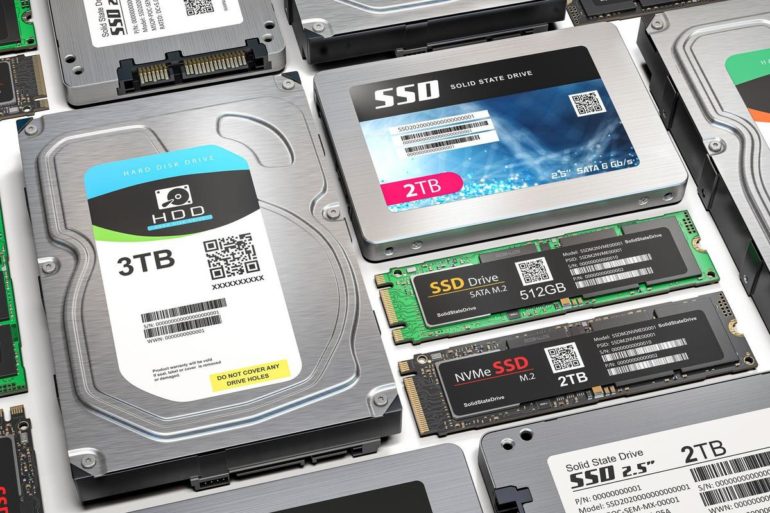The fine folks over at analyst firms Objective Analysis and Coughlin Associates sent me a copy of their 2020 report — Emerging Memories Find Their Direction — to review. It’s as dense with technical detail and insight as you’d expect from a PhD, which co-author Tom Couglin happens to be.
So what?
It was only about 14 years ago that a bit of NAND flash memory became cheaper than a DRAM bit. That milestone flicked a switch and soon flash-based enterprise products started remaking the storage market.
Companies like Fusion-IO and SanDisk began offering flash-based cards with the performance of million-dollar disk arrays for 1% of the price. Meanwhile, cheap USB thumb drives wiped out what was left of the floppy-disk and CD-ROM markets.
The new layer of persistent storage turned out to be a game changer despite the many limitations of NAND flash, such as limited life, block-only addressing, and slow writes. New emerging memory technologies might have even greater impact on storage and system architectures than NAND flash.
The report handicaps the contenders with rich and insightful detail on technologies, use cases, performance, density, and manufacturing issues.
Off to the races
The memories in the report include Phase Change Memory (PCM), Resistance RAM (ReRAM), Ferroelectric RAM (FRAM), Magnetic RAM (MRAM), Spin Transfer Torque MRAM (STT MRAM) and some newer technologies such as the carbon nanotube memory (NRAM) under development by Nantero. Most of these are in production today for specialized applications where features such as radiation resistance, high-density, long life and/or low-power, are valuable.
Micron’s and Intel’s 3D XPoint PCM memory, with high endurance, much better than NAND performance, higher density — but a little slower than DRAM — might be the first of the new technologies to take memory market share from DRAM. Intel’s Optane NVMe SSDs using 3D XPoint were introduced in 2017, while they began to ship NVDIMM Optane products in 2019.
Optane remains more expensive than NAND flash, which restricts its use in SSDs to cost-insensitive applications. Optane NVDIMM is only available for Intel’s Second-Generation Intel Xeon Scalable Processors, which definitely slows market uptake.
But what will replace NAND flash? The report concludes:
Based upon the level of current development and the characteristics of these technologies, resistive RAM (ReRAM) may be a potential replacement for flash memory. However, flash memory has several generations of technologies that will be implemented before a replacement is required. Thus, this transition will not fully occur until the next decade at the earliest.
The take
I expect to see much faster progress in the next decade, when one of these technologies, most likely ReRAM, reaches a tipping point where its price/performance enables compelling new products. Enterprise NAND’s need for costly and sophisticated controllers to overcome its limited lifespan and slow writes is its biggest vulnerability.
Moreover, as the report points out, the ability of some of these low-power technologies to be fabricated directly on a CPU chip holds great promise for fast and efficient in-memory processing. The performance of Apple’s M1 fabric-attached DRAM is only a first step.
The bottom line is that with all these technologies under active development, we’re bound to see another storage/memory tipping point this decade, with many opportunities for substantial improvement in out digital infrastructure. I can hardly wait!
Comments welcome, as always.



